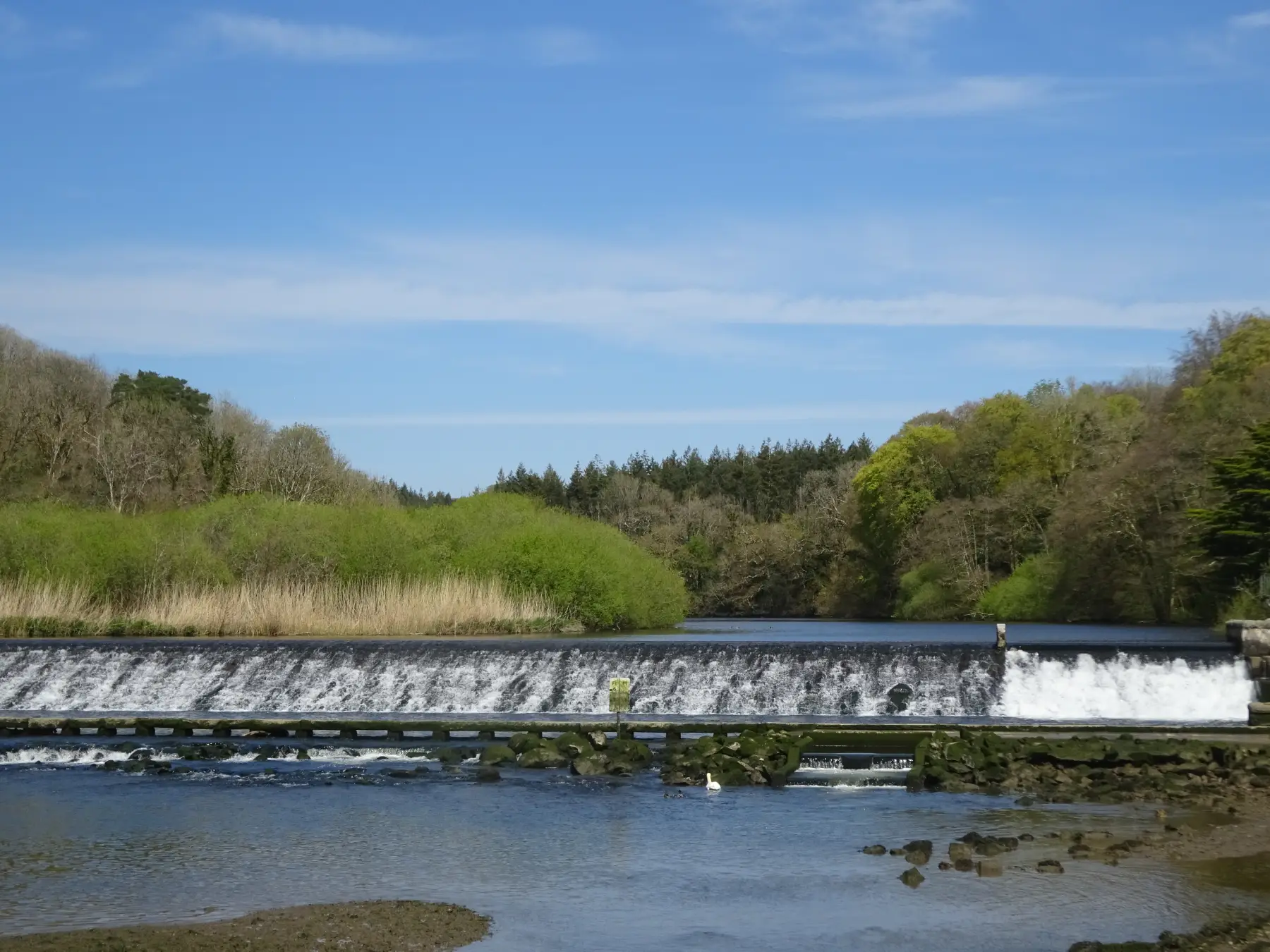Other important wildlife sites
There are several other important designated or non-designated wildlife sites within or including the Tamar Valley National Landscape.
Some are managed by specific organisations.
We will be adding further details below.
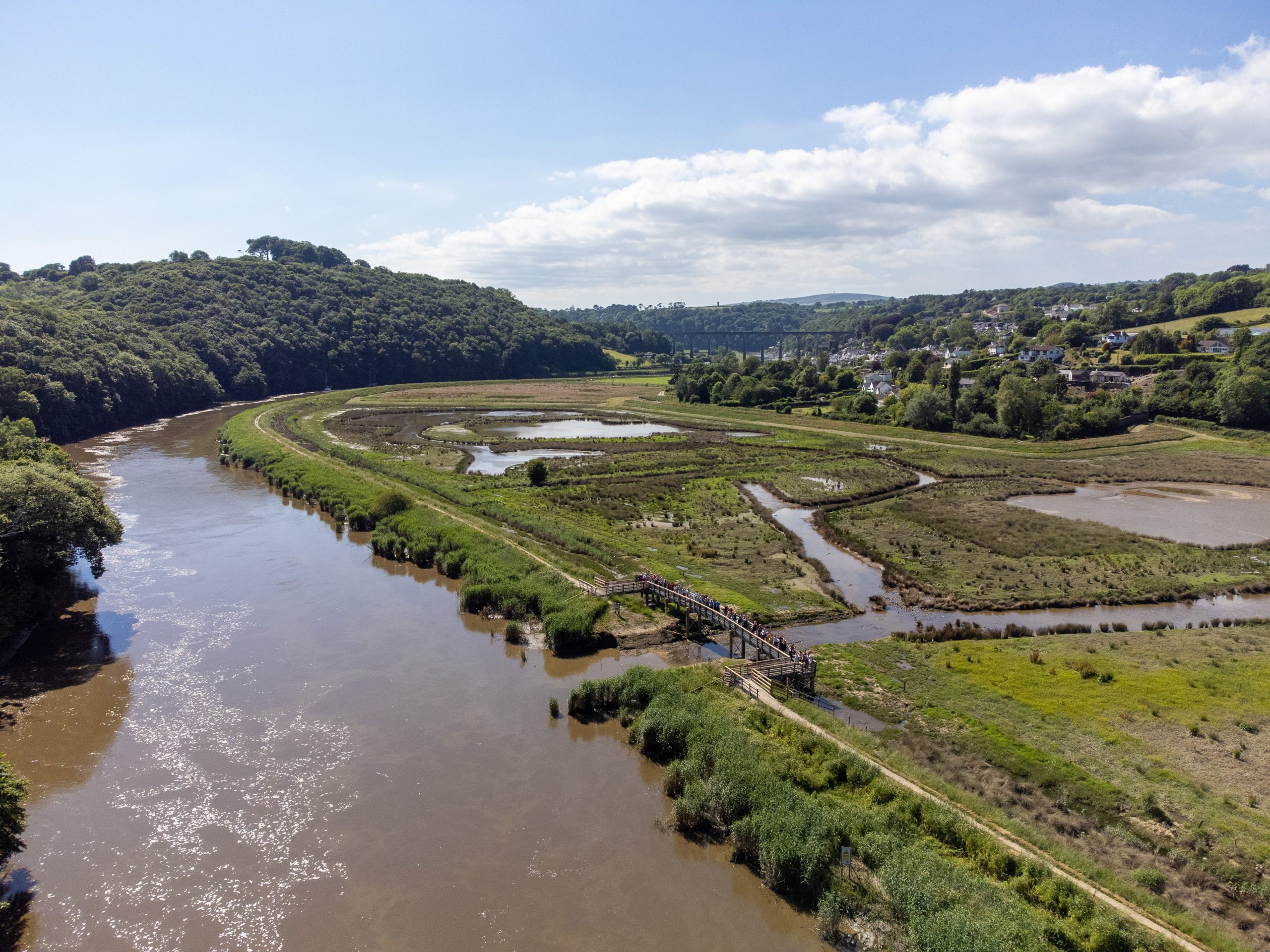
Plymouth Sound and Estuaries MPA
The waters around Plymouth Sound and Estuaries (PSE) have an amazing and diverse abundance of marine life. It also has a rich cultural and built heritage, being a proud naval port and the centre of maritime exploration and research.
It is important that this unique place balances the commercial, defence, recreation and conservation interests to ensure the sustainability use of our waters for the benefit of everyone, now and in the future.
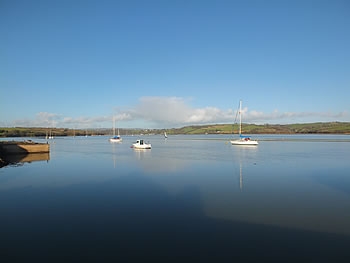
The PSE has nationally and internationally important habitats and species present. The MPA covers nearly all the PSE, stretching from the upper Tamar, through the estuary, including the Lynher and the Tavy, down to the Sound to Rame Head Peninsula, covering inlets and harbours round to part of the Yealm Estuary but excluding the Plym.
To help preserve this fantastic environment and species we have several overlapping marine designations within the MPA which are also included in terrestrial and coastal protected areas around the site.
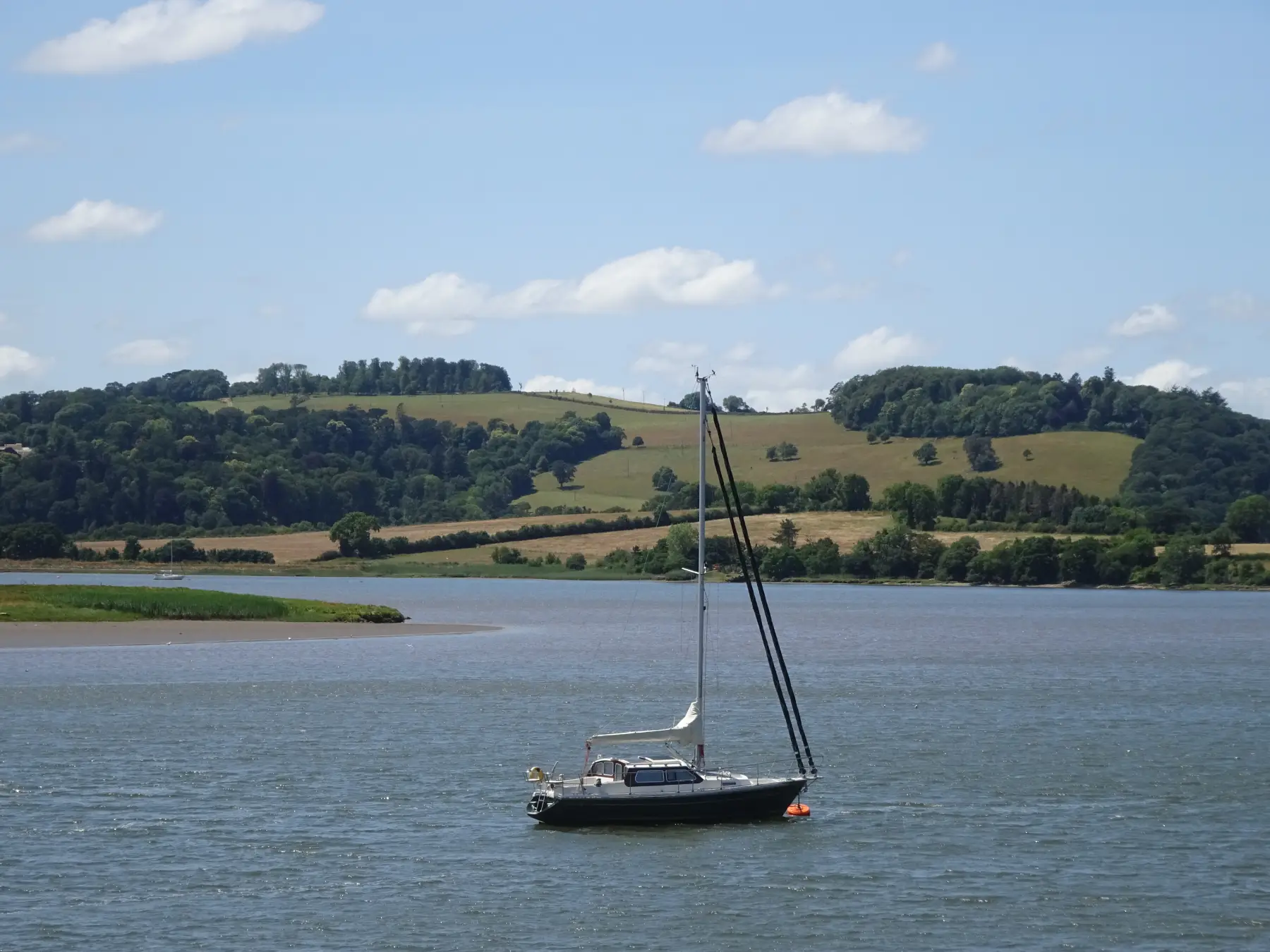
Lopwell Dam
Lopwell Dam is a haven for wildlife, encompassing several distinct habitats.
In 2004, the site was designated as a Local Nature Reserve (LNR) in recognition of its unique environment. Lopwell Dam lies within the Tamar Tavy and is a Site of Special Scientific Interest (SSSI).
SSSIs are established to protect the most valuable areas of the country for wildlife and geology.
Lopwell Dam is an important saltmarsh habitat site for species such as common saltmarsh-grass, red fescue, sea couch, sea purslane, sea aster, sea arrowgrass, sea club-rush and English scurvygrass.
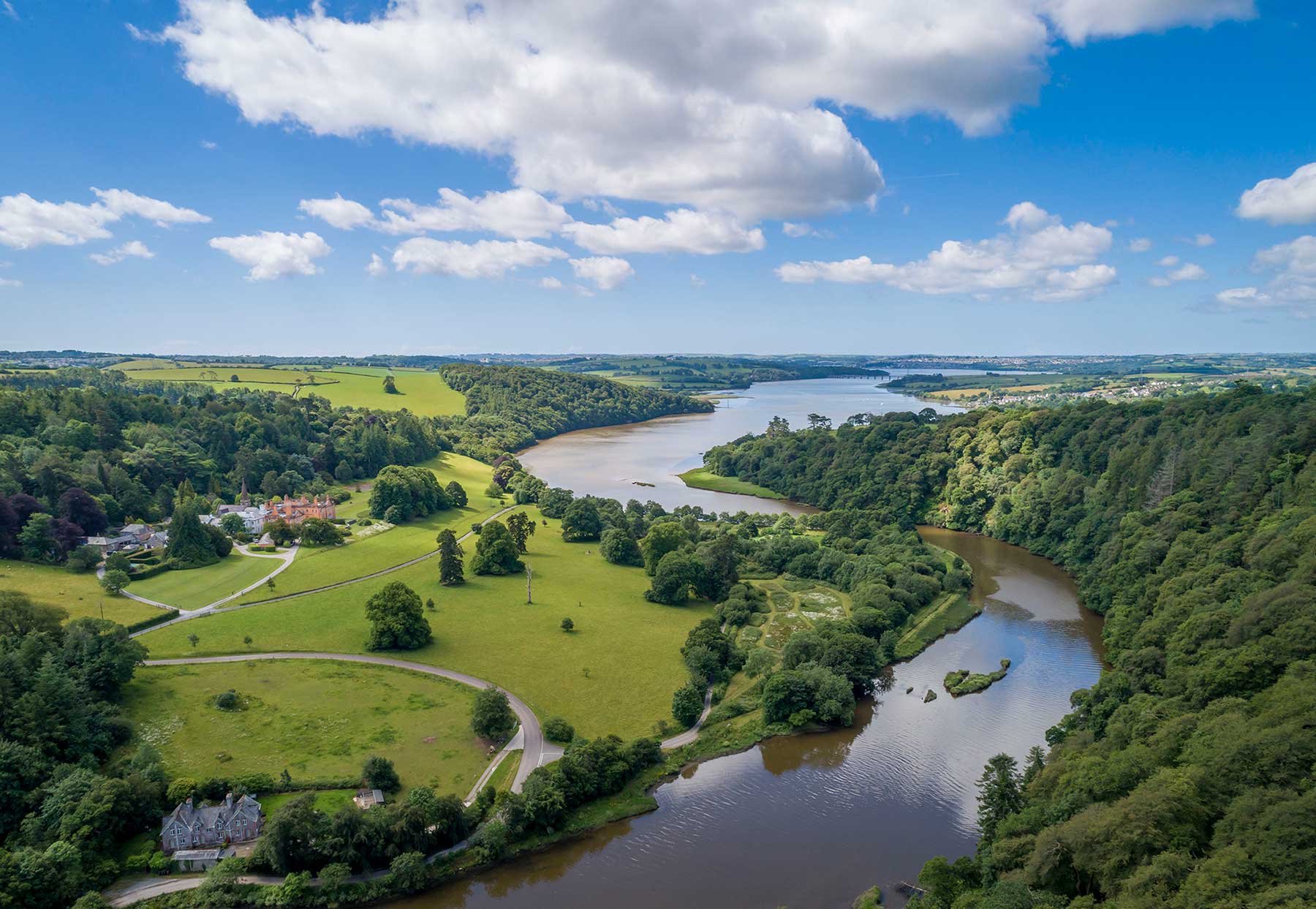
Explore ancient semi-natural woodlands, and a wildflower and butterfly meadow. Look out for the grey heron, which can sometimes be tricky to spot; they do not migrate, and can be seen at any time of the year, often in shallow water or in vegetation looking for food.
Keep an eye out for the little egret, a striking white heron. You are most likely to see these playing and feeding from streams and at the water’s edge.
See if you can spot the silver-washed fritillary flying about, and in the water, there are kingfishers, Atlantic salmon…and even an Atlantic grey seal!
